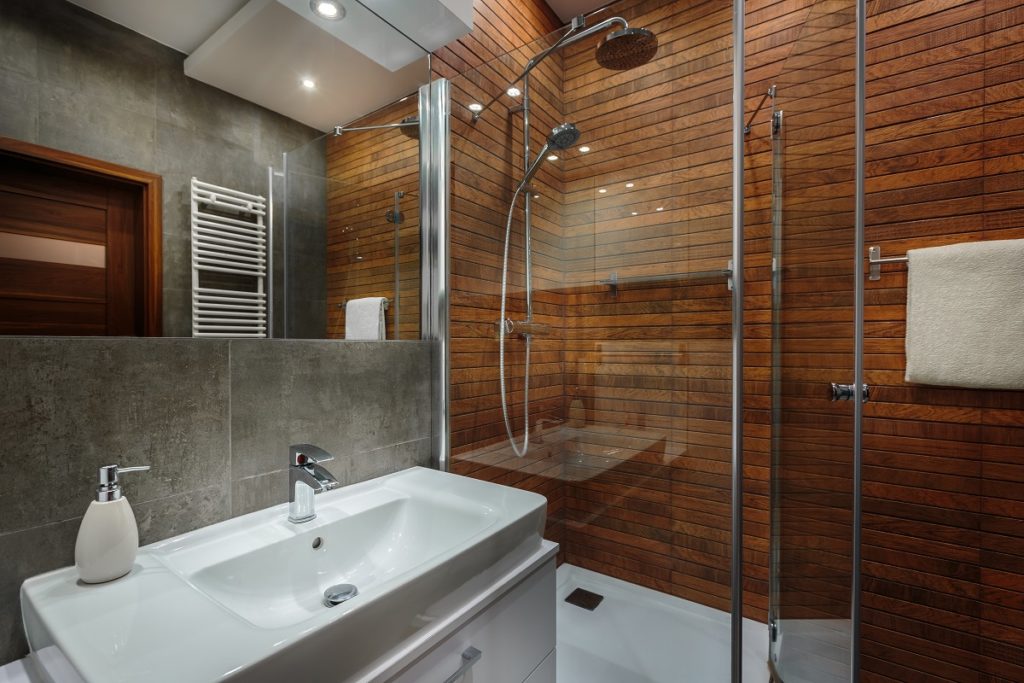 When reduced mobility becomes a problem, most homeowners usually think about moving to a new home with an accessible bathroom. However, there are various things you can do to update your existing bathroom to accommodate your present and future mobility needs.
When reduced mobility becomes a problem, most homeowners usually think about moving to a new home with an accessible bathroom. However, there are various things you can do to update your existing bathroom to accommodate your present and future mobility needs.
Building a bathroom that individuals with mobility issues can easily use can be done through a meticulously planned layout, special handicap bathroom accessories, as well as proper equipment like the ones below.
Grab Bars
These must be installed near or inside your shower, tub and toilet to make existing bathroom features more accessible and safer. Grab bars offer ample support and stability, without having to do extensive remodeling.
Universal Access Shower
Majority of showers have recessed or elevated thresholds that could make it difficult for those with reduced mobility to get in and out of the shower. This type of shower doesn’t have an elevated entry that makes it perfect for people with limited mobility.
Toilet
According to the Americans with Disabilities Act, toilets must be between 17 and 19 inches from the topmost portion of the seat. If you don’t want to replace your toilet, you can adjust its height instead. You can also install thicker toilet seats or a platform below your toilet to elevate it a couple of inches. A higher toilet seat would make it easier for you to comfortably and safely sit down, stand up, or transfer yourself to and from your wheelchair or scooter.
Handheld Showerhead
 In order to accommodate seated and standing bathers, a basic handheld showerhead with an adequately long hose will allow for more flexibility.
In order to accommodate seated and standing bathers, a basic handheld showerhead with an adequately long hose will allow for more flexibility.
Shower Seat
Standard plastic chairs or stools, provided that they’re stable and don’t easily slip, would allow you to sit while you shower and could easily be removed when you don’t need it. If you’re building or remodeling your bathroom, consider a built-in bench or seat. If space in your shower is an issue, consider a fold-down seat built into the wall. When building a shower bench or seat, remember to install it on a wall opposite the shower controls.
Walk-In Tub
It could be challenging to sit down and swing your legs over your tub, especially if you have stiff and achy joints. A standard walk-in tub is a great option for you if you really love soaking and can’t live without a tub.
Faucets
Hands-free or single-handle faucets are especially perfect for people with mobility issues specifically on their hands. A hands-free faucet utilizes a sensor for detecting hands under it, while a single-handle faucet makes it easy for people to operate the faucet and adjust water flow without straining their hands.
Light Switches
Place light switches lower so that people in wheelchairs or scooters can easily access them. Consider light switches with a big toggle or push button that doesn’t need pinching when turning on or off.
These simple changes can go a long way towards your goal of staying in your home and being independent for as long as possible. All it takes is some planning, some money (depending on what you want or need), the right accessories, and a can-do attitude.

